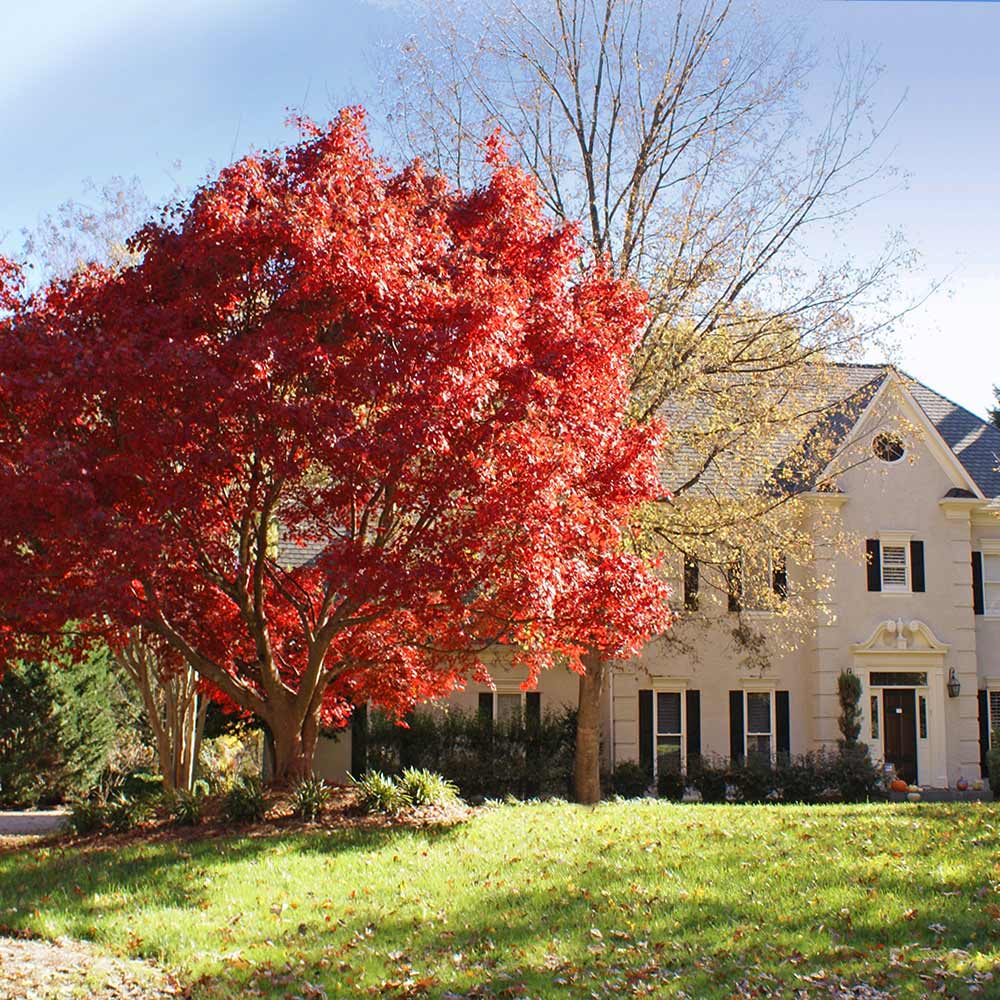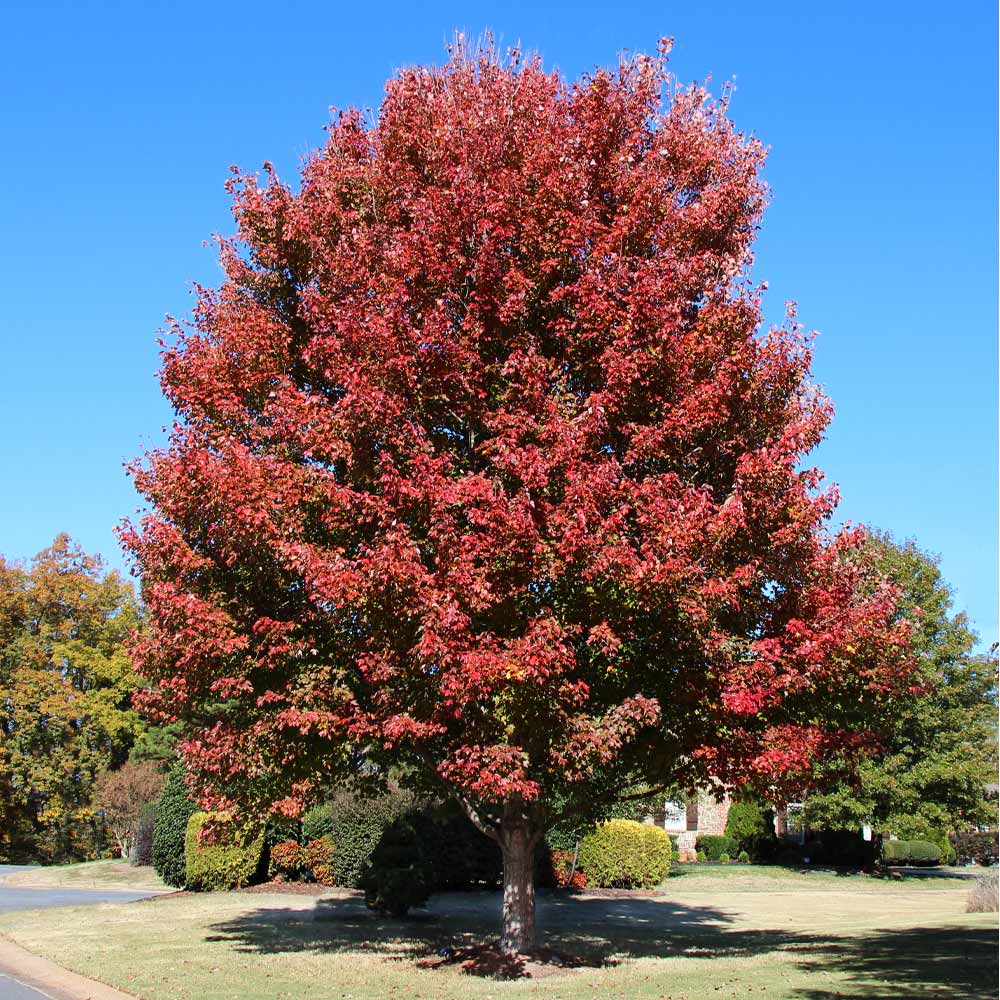
:max_bytes(150000):strip_icc()/growing-the-red-maple-acer-rubrum-3269321-01-8dd664c77a4d46c980af98ed165b9e02.jpg)
Only the red maple (Acer rubrum) and possibly closely related hybrids are known to be toxic. Mites can be troublesome, and other pests may include aphids, scale, borers, and root weevils.An unidentified toxin with oxidant properties is present in the wilted or dried leaves of red maples. They can be susceptible to stem canker, leaf spots, fusarium, verticillium wilt, botrytis, anthracnose, and root rot. Problems, Diseases, Pests:įor the most part, Japanese maples don’t suffer from any serious insect or disease problems. Because many Japanese maples are grafted, any shoots that grow from the base of the plant should be removed as these can become stronger than the grafted section and overtake it. The best time for pruning is July-August when sap won’t ooze from the branches. Japanese maples are an exception to the common pruning times of fall and winter because of the sap that will ooze from the cuts in those seasons this can lead to disease and a weakened tree. However, if you want to create an airy look, thin out branches over time to create a canopy, remove lower limbs. Pruning:Īs a rule, Japanese maples don’t require regular pruning and will create their own naturally beautiful shape. It is best to wait to fertilize newly planted Japanese maples until their second growing season. Low-nitrogen fertilizer is fine in spring (N-15 or lower), but don’t apply after May, as this could impede fall color & winter toughness. Keep mulch several inches away from the trunk.

Maples like mulch to protect their roots from heat and cold, as well as reduce the frequency of watering, especially for those in containers. Although they can endure periodic dry spells once established, you will want to avoid moisture extremes and water regularly during extreme drought. Water them well at planting time and regularly thereafter. The compact form of this dwarf variety and its unique arrangement of leaves, which are layered like roof shingles, make Acer palmatum ‘Mikawa Yatsubusa’ an excellent choice for growing in a pot and a top pick of bonsai enthusiasts. When planting in a container, it is still wise to focus on small to medium varieties or dwarf forms. Japanese maples “self stunt,” meaning their top growth will decrease when their roots are confined. Many of the smaller varieties are excellent in containers. Chlorosis (yellowing of leaves due to lack of chlorophyll) may occur in high-pH soils.

If you live in an area with heavy clay soil, planting them slightly elevated is beneficial this will help guard against root rot and disease. Japanese maples are fairly adaptive, but prefer moist, well-drained, slightly acidic soils that contain organic matter. Japanese maples prefer to be in locations protected from strong winds and spring frosts. Either way, make sure there is no threat of frost which can damage a newly planted tree. However, many gardeners also find success planting in the spring. When to plant:įall is an excellent time to plant because it allows the roots of your Japanese maple to get established while the rest of the tree is dormant. Compare the different types of Japanese maples here. Japanese maples offer plenty of diversity. If this isn’t an option, select a cultivar that has a reputation for being a faster-than-average grower, such as Acer palmatum ‘Beni-otake’. If you want an established look right from the start, you can opt to plant an older, larger maple rather than a young one that may take years to mature. Planting them in a spot where they are happy and caring for them well helps maximize their growth rate. They typically grow fastest when they are young and slow down as they reach maturity. Most Japanese maples grow at a slow to moderate rate of 1 to 2 feet per year. Foliage color:įamous for their phenomenal fall colors, Japanese maples also present purples, reds, yellows, oranges, and greens as well as variegation throughout the growing season. For best color, most maples need a location with part day's sun or at least high light. Too little light, and some of the more colorful varieties will take on a greenish tone - still attractive, but not the brilliant fall color of reds and purples as would be expected. Too much light can damage delicate leaves. Providing the right amount of light can be a balancing act. Varieties from 8 to 30 feet tall and wide. They typically leaf out early in the season and a late cold snap can cause serious damage even to mature specimens. Heat is a consideration, especially in the south, not necessarily for the health of the maple but for its effect on leaf color, causing many purple or red-leaved varieties to “go green” in the summer.


 0 kommentar(er)
0 kommentar(er)
